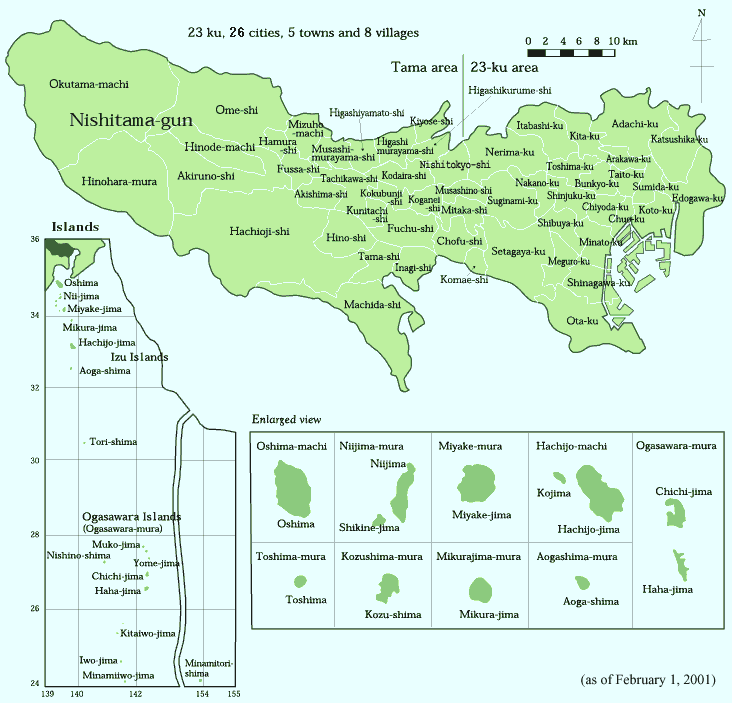Widgetized Section
Go to Admin » Appearance » Widgets » and move Gabfire Widget: Social into that MastheadOverlay zone
Birth of Tokyo’s First Female Governor
Significance for Metropolitan Governance in Japan
The views expressed are those of the author and do not necessarily reflect the views of ASPA as an organization.
By Itoko Suzuki
August 26, 2016
Former Defense Minister Yuriko Koike won the governorship of Tokyo in an election on July 31, 2016. Her election comes after two predecessors stepped down over financial scandals, which clouded already troubled preparations for the 2020 Olympics in Tokyo. In a male-dominated political and corporate society like Japan, it is monumental to have a female lead this major city with a population of more than 13 million people. The Tokyo Metropolitan Government (TMG) has a workforce of 170,000 personnel with an annual budget comparable to the national government budget of Sweden.
Koike’s announcement of her candidacy, without approval of the Liberal Democratic Party of Japan (LDP), angered the party. LDP drafted a former bureaucrat who had experience as a rural prefecture governor. Koike not only beat the LDP candidate, but also the joint opposition party candidate, with a big margin, gaining 3 million votes.
Koike took advantage of the timing of the 2016 Rio Olympics to tun into citizens’ dissatisfaction in the government and the National Olympic Organization’s lack of transparency regarding Tokyo’s total cost and burden for the 2020 Olympics. Citizens were fed up with bloating and wasted expenses. Her platform of strong accountability and full disclosure of Tokyo’s share as the host city was appealing to the voters.
During the campaign, she also pledged to organize “citizens, first” reforms, including reorganization of TMG congress. Metropolitan congressional ruling LPD party leaders, allied with the central government, harshly attacked her pledges and even her personality, but their anti-Koike campaigns ultimately contributed to her victory.
Koike had long been known for her forceful, reform-oriented style of leadership. During her 24-year political career, she demonstrated successful executive experiences as Environmental Minister in 2003, Defense Minister in 2007; and, earlier, Vice Minister of Management and Coordination.
As a Japanese woman, Koike’s biography is rare. Her father engaged in trade with Arab countries. After her graduation from Cairo University in 1976, Koike began her career as an Arabic interpreter before moving to journalism. During her broadcast career, she earned various awards as an effective and powerful communicator. In 1992, she became a congresswoman.
Structurally, TMG is composed of the Metropolitan Assembly (similar to the U.S. Congress) as a formal decisionmaking organ and the governor (similar to the mayor of New York City combined with the state governor) who administers Tokyo Metropolis, Japan’s capital. Japanese local governance has two tiers: the upper tier, which includes 47 prefectures including TMG, and the lower tier, which includes 1,700 municipalities—cities, special urban wards, towns and villages. Each of the 47 prefectural level local governments has a governor and a unicameral assembly, both elected for a four-year term by popular vote. Likewise, each of the municipal level local governments has a mayor and unicameral local assembly, also elected by popular vote.
In Japan’s democratic and autonomous local governance system, each layer is on equal footing. Each local government can make independently and without interference even from the central government, laws and policies relevant to its own locality. TMG is the largest prefectural government that encompasses all its municipalities including 23 special wards, 26 cities, 5 towns and 8 villages. The below map provides a complete layout of the municipalities.
As Koike pledged, Tokyo must organize a number of governance reforms including:
1) Ensuring information disclosure of past financial problems and new cutbacks in expenditure.
2) Urgently securing required child care and elderly care facilities and their quality.
3) Strengthening earthquake disaster preparedness.
4) Improving safety mechanisms from terrorism and other violence.
5) Promoting preparation for hosting the Tokyo Olympics while pushing prompt disclosure of the cost and Tokyo’s share to the citizens.
The governor is obliged to undertake simultaneously all these and other reforms pledged at the election. She would need to start by mobilizing cooperation from Tokyo congressional leaders as well as the central government that was not friendly to her at the election.
Koike is expected to prove that females can govern a large, metropolitan city and govern it well. Many Japanese women, including myself, as well as the voters eagerly watch to see if she will be successful in implementing these governance reforms. With her strong motivation and career ambition, we are hopeful she will seize this opportunity.
Author: Dr. Itoko Suzuki is a former chief, branch of public administration and governance at the United Nations and a former professor in public administration at several universities including, Ritsumeikan Asia Pacific University. She can be reached at [email protected].



David Hamilton
August 26, 2016 at 1:14 pm
Fascinating article related to Tokyo Metro Government and the rise of women in leadership roles. You explain the model of Japanese local government and the importance of this political breakthrough. As a researcher of counties within American metropolitan areas, I found your article very informative.
Dr. David Hamilton